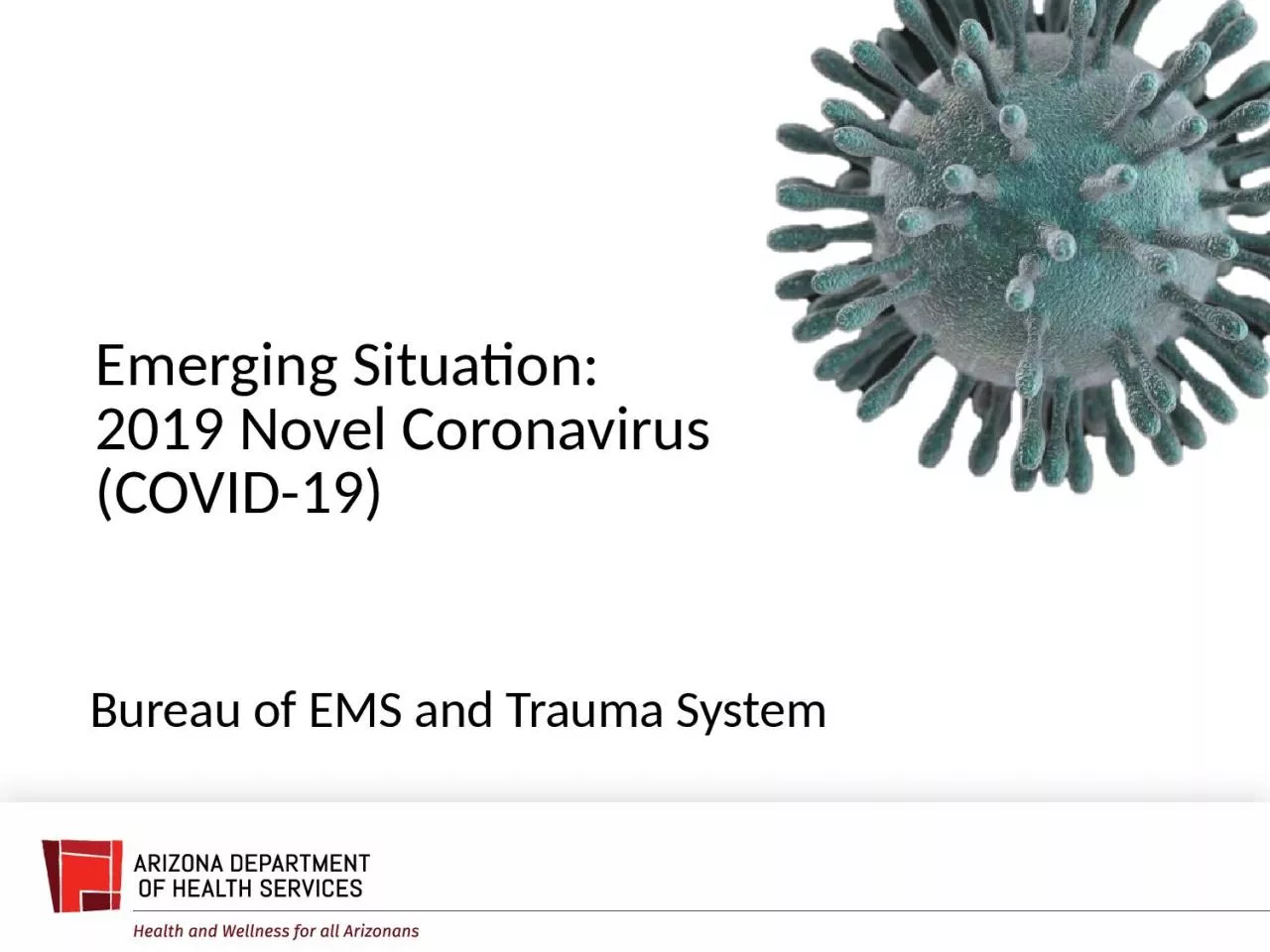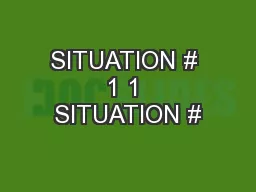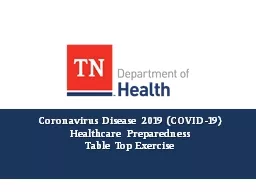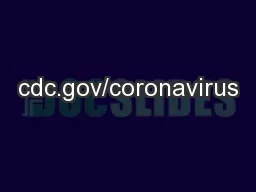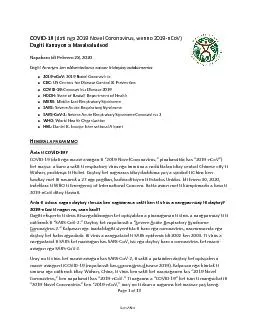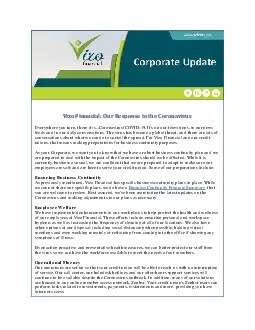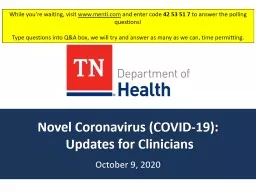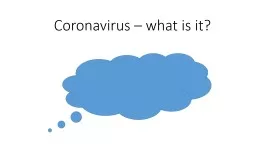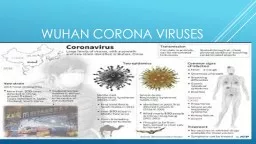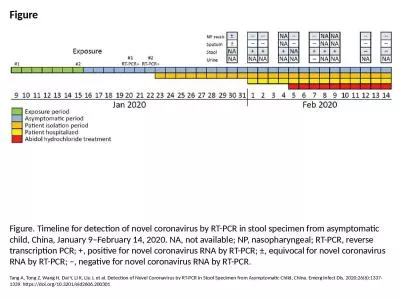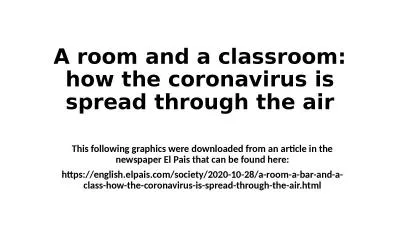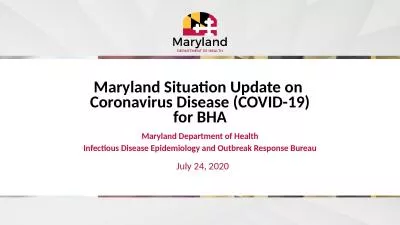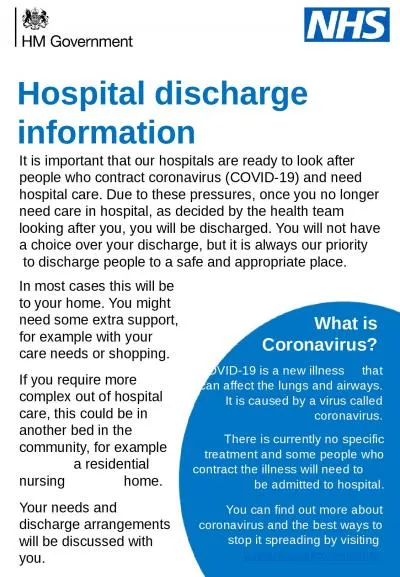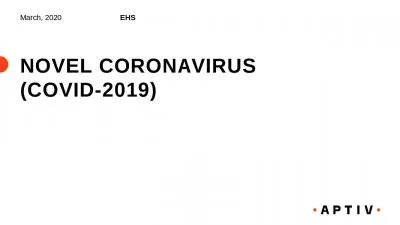PPT-Emerging Situation: 2019 Novel Coronavirus
Author : esther | Published Date : 2024-02-03
COVID19 Bureau of EMS and Trauma System Objectives Provide an overview of 2019 Novel Coronavirus and national and state response Facilitate a discussion about contact
Presentation Embed Code
Download Presentation
Download Presentation The PPT/PDF document "Emerging Situation: 2019 Novel Coronavir..." is the property of its rightful owner. Permission is granted to download and print the materials on this website for personal, non-commercial use only, and to display it on your personal computer provided you do not modify the materials and that you retain all copyright notices contained in the materials. By downloading content from our website, you accept the terms of this agreement.
Emerging Situation: 2019 Novel Coronavirus: Transcript
Download Rules Of Document
"Emerging Situation: 2019 Novel Coronavirus"The content belongs to its owner. You may download and print it for personal use, without modification, and keep all copyright notices. By downloading, you agree to these terms.
Related Documents

